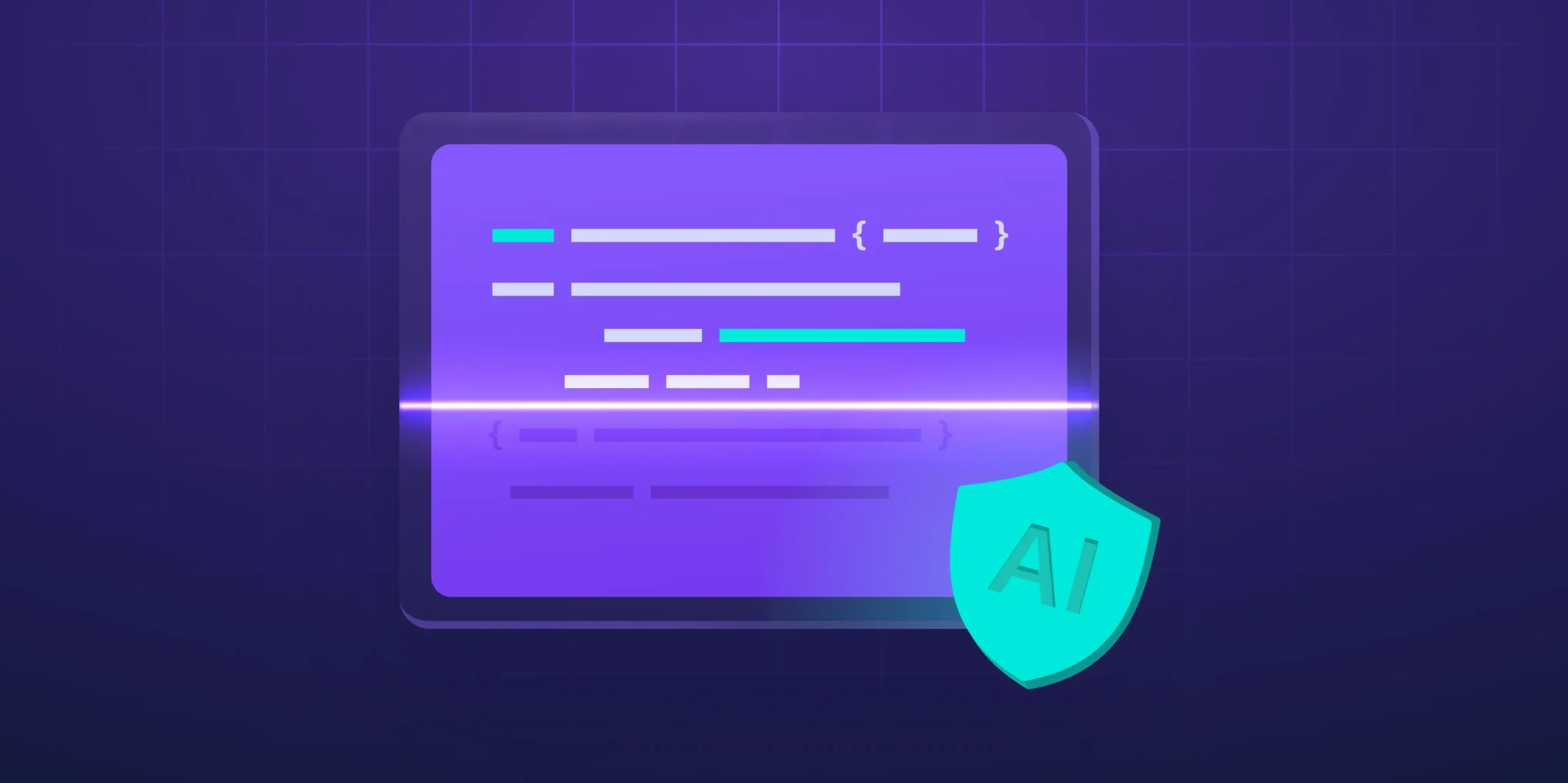
DevSecOps has transformed the way organizations build, test and deploy software, streamlining the integration of security into the SDLC. Now, DevSecOps teams can also use AI to help accelerate vulnerability and malware identification and remediation and as an answer to AI-powered attacks. In this article, we outline the modern challenges DevSecOps are dealing with and how AI capabilities can help answer them, streamlining security workflows
With the entire workforce changing with AI, modern practitioners need to learn how to work with new tools and methodologies. Read this guide to keep your DevSecOps skill set up-to-date in 2025 and beyond.
Modern Challenges of DevSecOps
DevSecOps is the backbone of modern, secure software development, but it’s not without challenges. These include:
- Legacy Security Can Slow Down Development – Security checks often introduce friction in CI/CD pipelines, forcing developers to delay releases. This slows down time-to-market and creates frustration among developers, who might develop antagonism towards security processes.
- Security and Dev Teams Work in Silos – Developers focus on delivering features fast. Security teams prioritize risk mitigation. These differing, sometimes contradicting, goals often lead to friction, finger pointing, delays and vulnerabilities slipping through the cracks.
- Too Many False Positives in Security Alerts – Security tools generate an overwhelming number of alerts, many of which are false positives. This happens when tools are siloed or when security analysis is not accurate or advanced enough. False positives lead to alert fatigue and, eventually, teams ignoring real threats (think “The Boy Who Cried Wolf”).
- Lack of Context and Visibility – Security tools offer siloed and dispersed security analyses, making it difficult for DevSecOps to paint an end-to-end picture of the security posture. This makes security confusing and discourages effective risk management.
- Skill Gaps in Security – Security expertise is in short supply. Many teams lack dedicated security personnel with the skills to handle modern DevSecOps challenges like vulnerability and malware mitigation from code to cloud.
- AI-driven attacks – AI is being increasingly used by attackers to facilitate attacks. In the SDLC, this manifests as model poisoning, vulnerability discovery, malware injections and more. DevSecOps need to learn about these new threats, how to address them and garner the resources to do so.
How AI Can Supercharge DevSecOps
AI changes the security and development game AI-driven by simplifying security operations, reducing response times and ensuring continuous alignment with industry standards and the changing threat landscape. Here’s what to look for in an AI security vendor:
1. AI-Driven Vulnerability Detection and Remediation
AI enhances existing security testing methods by providing more accurate and effective vulnerability detection. For instance, AI-powered SAST tools can analyze code patterns and data flows to identify complex security weaknesses that might be overlooked by manual reviews, and offer contextual remediation guidance tailored exactly to the vulnerability and the codebase. This helps enhance the security posture in a more productive, efficient and reliable way.
2. Automation and Continuous Security Integration
AI in DevSecOps ensures that security measures are continuously and automatically applied in developer workflows, without hindering development speed and without unnecessarily wasting developer time. AI algorithms can automatically analyze code in the IDE, enforce policies, monitor in real-time and guide remediation. This makes the process more streamlined and time-efficient.
3. Enhancing Developer and Security Team Collaboration
AI tools foster DevSec trust by enabling developers to address issues promptly within their existing workflows. This includes, for example, SAST scanning straight in the IDE, support of AI tools used by developers, like GitHub Copilot, wide language support and minimal false positives. Making security tasks accessible promotes a culture of shared responsibility and streamlines the integration of security into the development process.
4. Addressing AI-Specific Security Challenges
As AI technologies evolve, they introduce new security challenges, such as prompt injections and AI model poisoning. AI security solutions that can detect anomalies in AI-generated code or monitor AI model outputs for inconsistencies. This allows DevSecOps to remain at the forefront of protection.
5. Democratization of Security Expertise
AI security tools bridge skill gaps by automating complex security tasks, providing intelligent threat detection and offering guided remediation steps. This reduces the need for deep expertise and allows DevSecOps teams to handle security incidents effectively, democratizing access to expert-level security knowledge.
6. Integration into ASPM
AI tools do not operate in isolation. By becoming an integral part of ASPM, AI helps provide DevSecOps with full visibility and context into security risks across the software development lifecycle. AI helps ASPM analyze vast amounts of security data, correlate vulnerabilities with real-world threats and prioritize risks based on exploitability and business impact.
About Checkmarx AI Security
Checkmarx AI Security solutions empower developers, AppSec and DevSecOps by integrating AI into security workflows. This enhances efficiency, bridges skill gaps and safeguards against emerging threats associated with AI adoption.
Key features include:
- AI Security Champion – Get remediation steps for identified vulnerabilities, accelerating the process of detecting and resolving security issues.
- Query Builder for SAST and IaC – Get AI-guided assistance to help write queries that tailor AppSec solutions to specific applications.
- ChatGPT Integration – Automatically scan generated source code and open-source libraries to identify potential vulnerabilities and malicious packages.
- GitHub Copilot Integration: Scan code generated by Copilot within the IDE, ensuring security is maintained throughout the development process.
The future of cybersecurity is one where AI seamlessly integrates into the software development lifecycle, detecting anomalies in development, testing production and CI/CD pipelines, without disrupting workflows. Learn more about the future of AI in security, DevSecOps trends in 2025, and what it means for you.